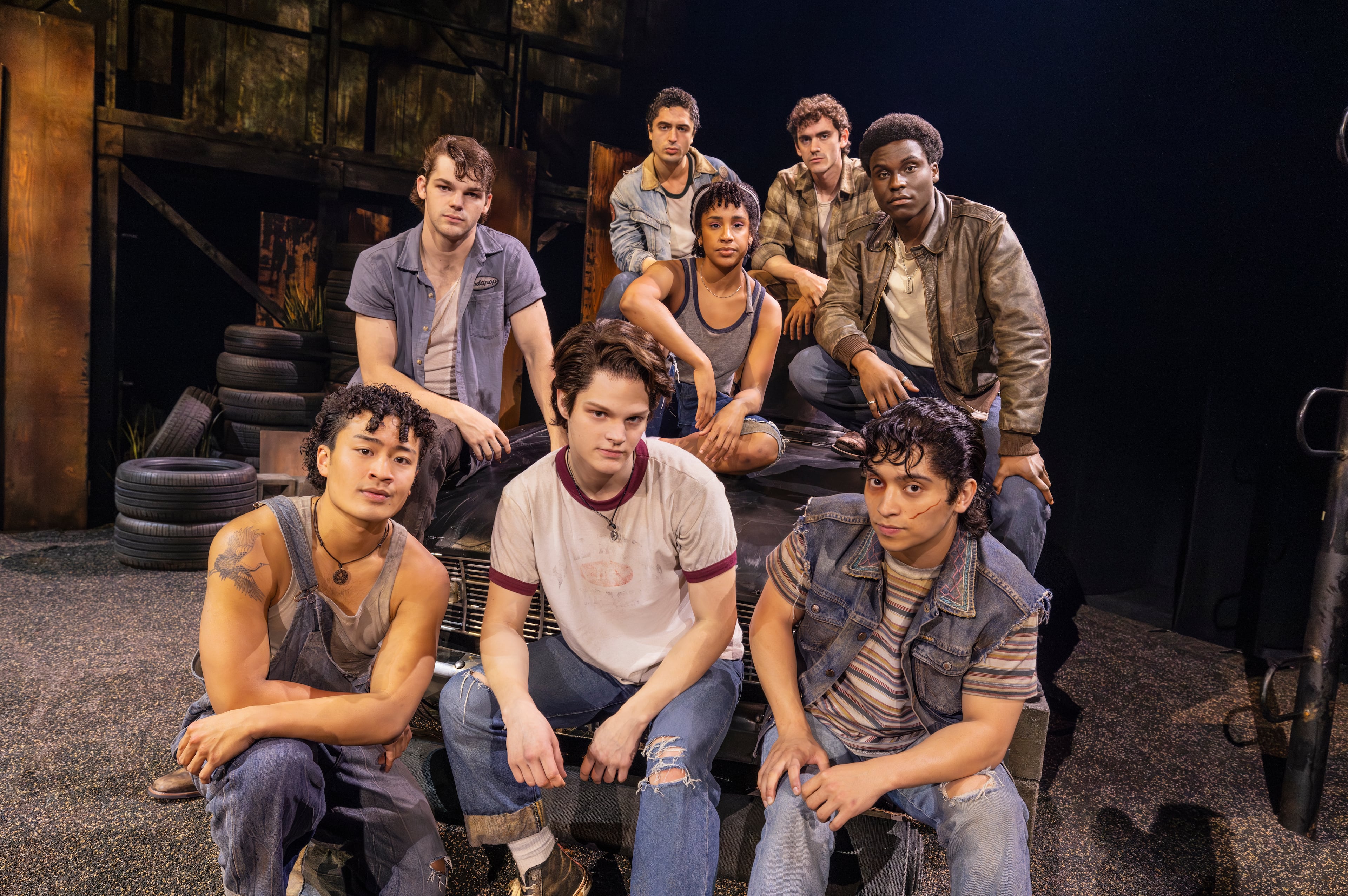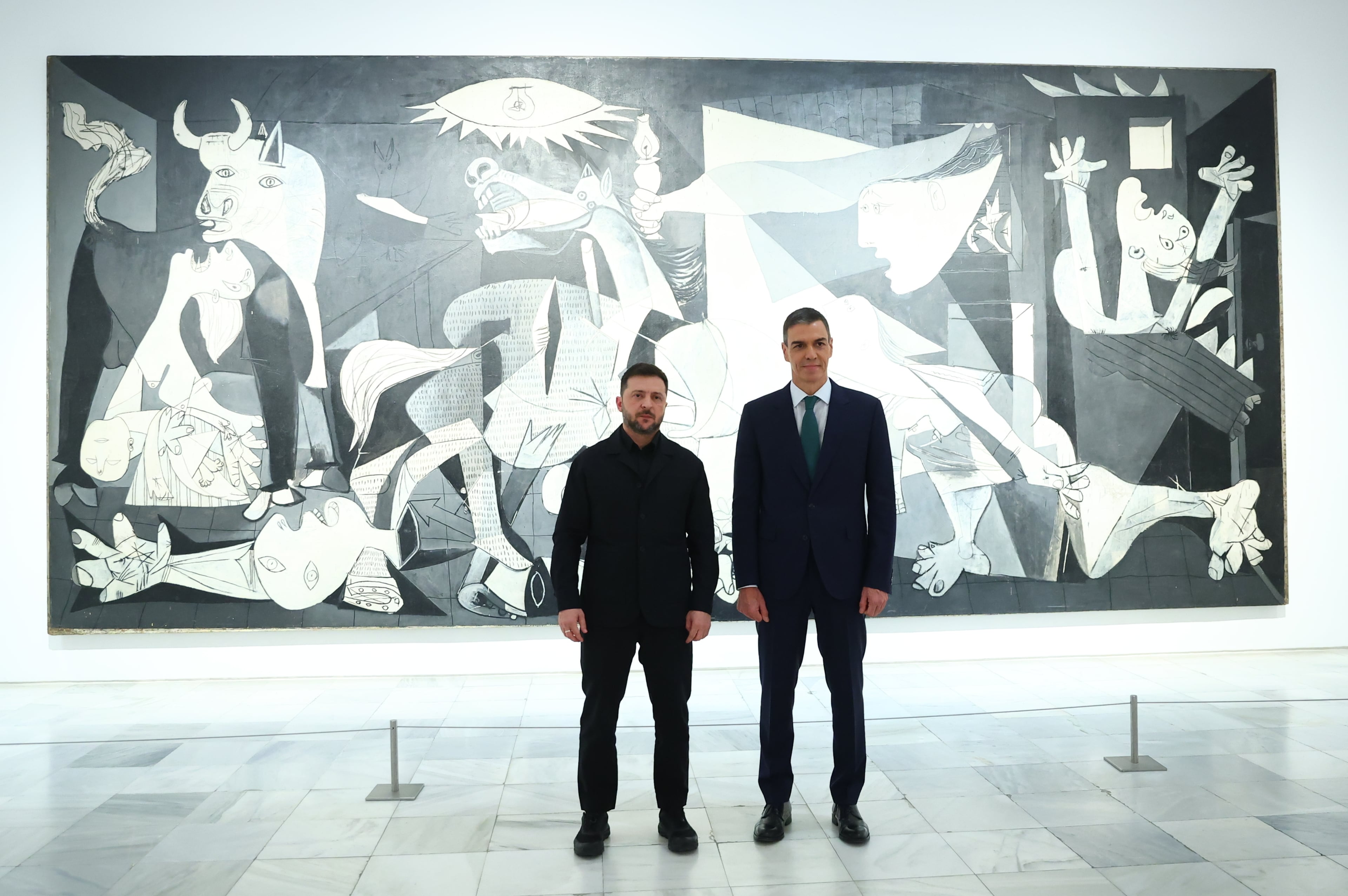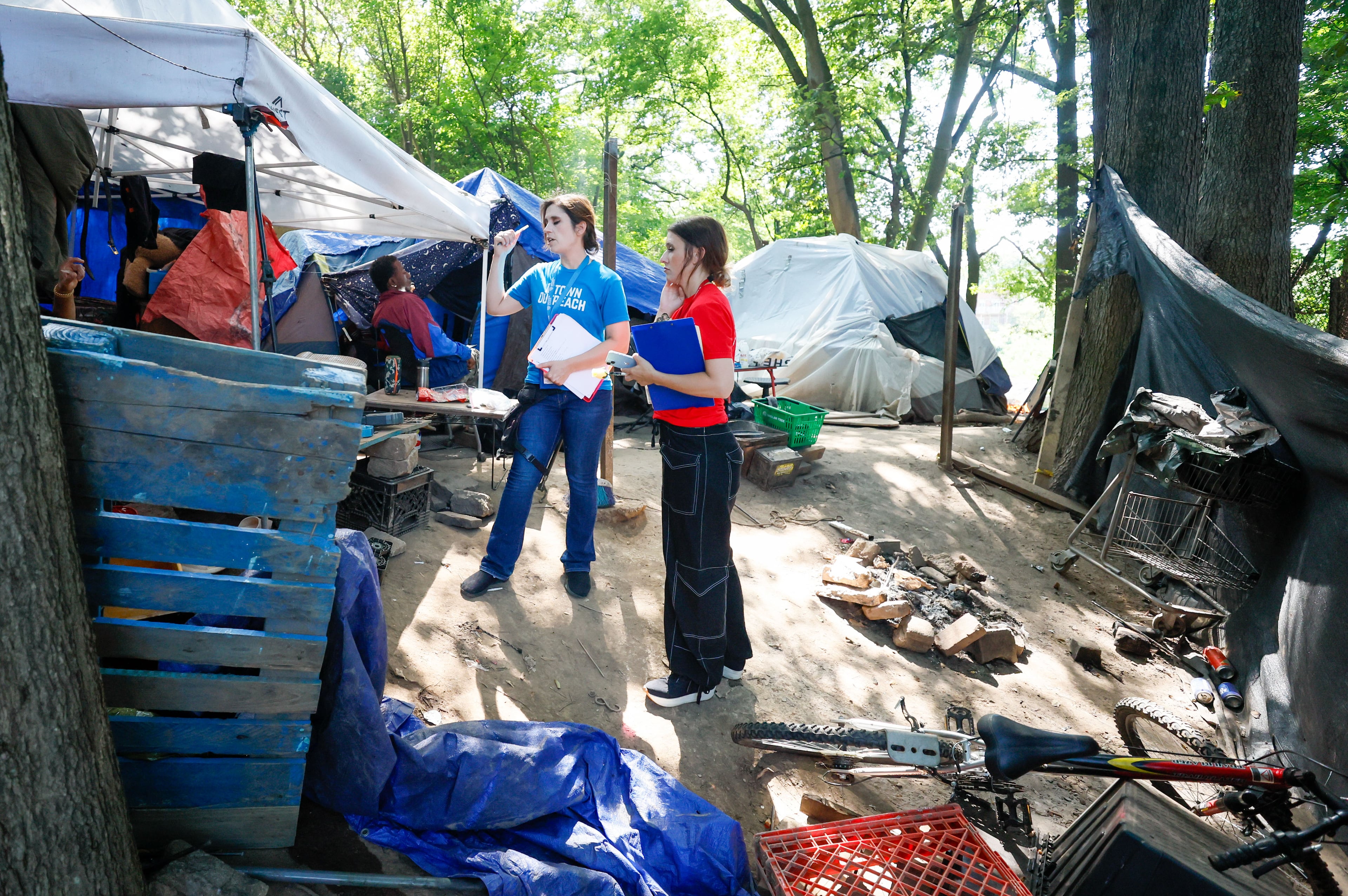African artists explore identity, the body in ‘Insistent Presence’
Not many exhibitions manage to feel both expansive and deeply personal — “Insistent Presence: Contemporary African Art from the Chazen Collection” does just that and offers instant connection.
On view at Michael C. Carlos Museum through Dec. 14, “Insistent Presence” is curated by Emory University doctoral student Margaret Nagawa. That fact alone is notable: It’s rare for a student curator to deliver a project of this ambition, impact and polish.
The exhibit presents more than two dozen contemporary African artists working across painting, photography, sculpture, ceramics and animation. Ambitious in scope yet intimate in tone, the selection offers viewers a chance to navigate a rich, varied field without feeling overwhelmed. It also grew from the Contemporary African Art Initiative of the Chazen Museum of Art at the University of Wisconsin–Madison. This is not simply a lent show but is instead part of a deliberate collecting and display strategy that has shaped the touring exhibition.
“Insistent Presence” is organized into three sections: the body in society, the artist’s body, and the absent or implied body. Nagawa’s title and framework echo the scholarship of Okwui Enwezor and Chika Okeke-Agulu, who described an “insistent presence” of the human figure in contemporary African practice. Across the exhibition spaces, this show balances immediacy and quiet reflection. The overall mood is contemplative, but it shifts between intimacy, provocation, melancholy and humor.
There are pieces that grab you, such as Gonçalo Mabunda’s grim throne constructed entirely from decommissioned weapons. The jagged metal makes clear this is a seat where comfort would be impossible, inviting a contemplation of power and violence. Mabunda’s approach also sits within a recognizable material lineage in contemporary African art — artists such as El Anatsui have long transformed discarded or politically charged materials into sculptural forms that carry both aesthetic and social weight.
In contrast, a work nearby, Immy Mali’s “Virtually Mine,” exerts a very different sort of pull. Glass plates dangle from the ceiling, forming the ghostly outline of a man. Each plate carries fragments of text exchanges between Mali and her fiance during a time when he worked abroad because of economic necessity. Up close, the messages read as everyday confessions — joking repartee and daily ephemera — but, from a distance, they assemble into a faint, noncorporeal, absent body. The work is tender, personal and melancholic, showing how intimacy and absence intertwine in modern communication.
Photography is a repeated magnet throughout the exhibition. Nana Yaw Oduro’s staged family scenes explore fathers, sons and small domestic attachments, offering quiet reflection on lineage and identity. François-Xavier Gbré’s architectural prints, by contrast, present empty, solid structures such as diving boards, archways and concrete edifices that suggest endurance and cultural memory without human presence. Malick Welli’s enigmatic portraits of models posing as twins hover between eeriness and conceptual rigor, the deliberate doubling and costuming blurring the line between identity and performance. Leonard Pongo’s images document everyday scenes in the Democratic Republic of the Congo that render the lives he captures there as if they are haunted both by spirits and the past.
Some of the work can be read as glimpses rather than complete threads. For instance, Welli is represented here by just two images, but crucial to understanding his peculiar conceptual framework is seeing it repeated across the vast body of images he’s produced. That’s not a flaw per se: It mirrors the show’s larger project of offering a core sample of contemporary African art — narrow but deep, suggesting vast artistic worlds beyond the gallery walls.
The show resists any single “African” story; its strength lies in specificity. Distinct practices, local histories and regional concerns are presented in contrast to one homogenized narrative. The variety of materials and methods — from ceramic vessels to prayer beads converted from oil cans, from painting and photography to sculpture and animation — reinforces a sense of exploration and invites viewers to discover each artist’s voice on its own terms. Violence, longing, separation and vulnerability sit alongside humor, elegance and careful beauty.
The theme threading through the show is the human body: present, absent, implied, remembered. That’s an easy and visceral thread for viewers; no matter their background or interest in contemporary art, they can connect to the work. Across the exhibition, the body becomes a conduit for reflection on memory, absence, political power and intimacy. Sungi Mlengeya’s gorgeous “Ruka” is a perfect entry point: a figure implied through limbs against a stark white ground, the body both there and withheld.
Nagawa as curator balances ambitious scope with a personal touch; an esoteric framework with accessible works that reward close attention; a thoughtful layered presentation with individual pieces that can stand entirely on their own. “Insistent Presence” isn’t a comprehensive encyclopedia. Instead, it serves as a doorway into the vast world of contemporary African art. It also arrives at a time when museums are increasingly grappling with questions of collecting, provenance and restitution; a wider institutional backdrop that makes shows like this more resonant.
Visitors should expect to leave wanting more — more works by the artists represented; more time with series’ glimpsed here; more insight into the larger scenes these artists are shaping. And that’s the point. The show invites curiosity, reflection and engagement, connecting personal experience with broader artistic conversations.
It’s one of the most thoughtful and engaging exhibitions Atlanta will see this year.
ART REVIEW
“Insistent Presence: Contemporary African Art from the Chazen Collection”
Through Dec. 14. 10 a.m.-5 p.m. Tuesday-Saturday, noon-5 p.m. Sunday. $8-$10. Michael C. Carlos Museum, 571 S. Kilgo Circle NE, Atlanta. carlos.emory.edu.

MEET OUR PARTNER
ArtsATL (artsatl.org) is a nonprofit organization that plays a critical role in educating and informing audiences about metro Atlanta’s arts and culture. ArtsATL, founded in 2009, helps build a sustainable arts community contributing to the economic and cultural health of the city.


